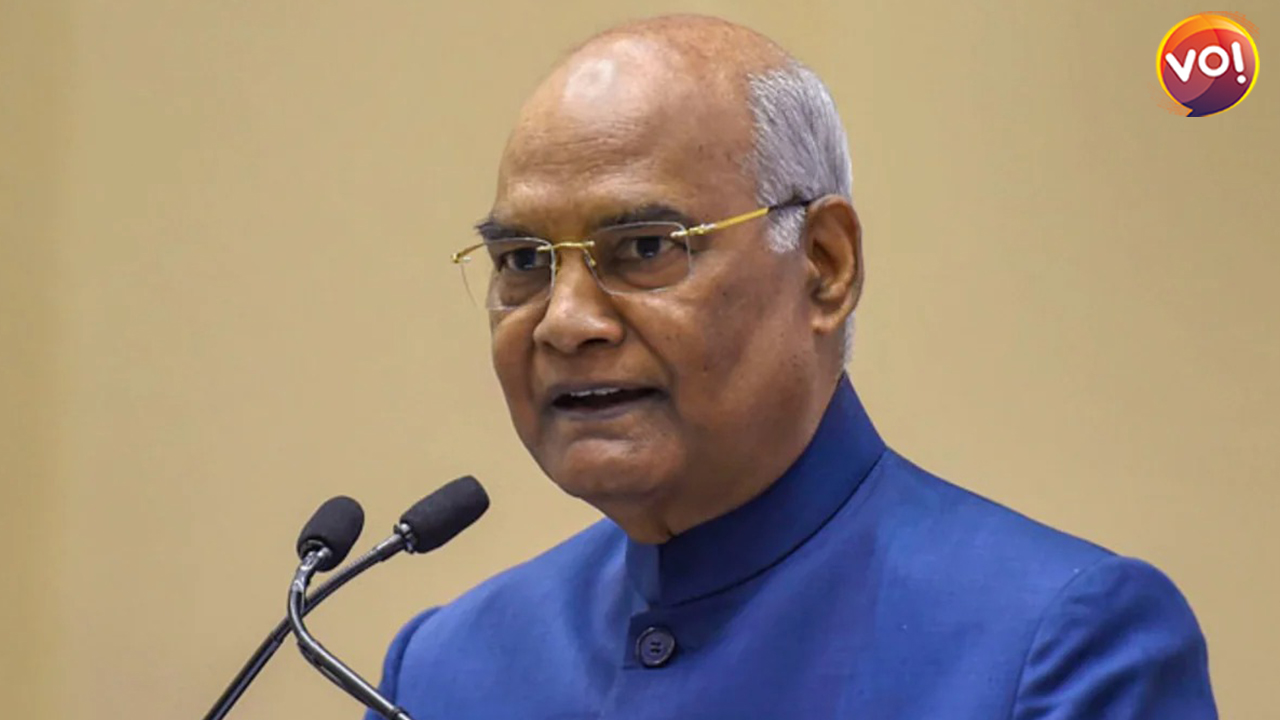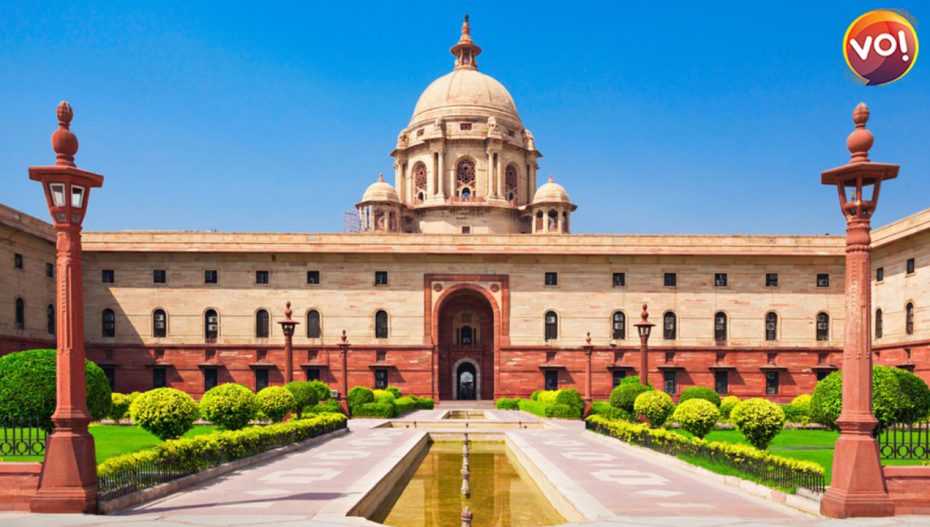In July 2022, India will meet a new President as Ram Nath Kovind’s tenure ends. The Presidential Elections in India are a classic example of the insomnia of Indian Politics. The National Democratic Alliance (NDA) and the United Progressive Alliance (UPA) re-evaluate their positions as the Presidential Elections come closer. India’s electoral college consists of Members of Parliament from both houses and Members of the Legislative Assembly from all Assemblies.
Value Of The Vote
However, an MP’s vote value is more than an MLA’s vote. Each MP’s vote value is 708, while the value of an MLA’s vote differs in different states. The worth is calculated based on the population of the state and the number of seats in the state. As per the computation, the NDA stats are ahead of UPA. Even though 52 new MPs will replace the retired ones in June, NDA walks alone in the parliament race.
The total number of MPs is 776. Interestingly, the NDA has 442 MPs divided between the Rajya Sabha (116) and the Lok Sabha (326). NDA has become a political mammoth as it controls 310,000 presidential votes, while the UPA, with all its force, controls only 96,000.

All Against BJP
Other parties like the Trinamool Congress, which represents around 90,000 presidential votes, do not advocate the NDA’s agendas. However, NDA has non-alliance supporters like the Biju Janata Dal (BJD) and others, who hold 47,000 presidential polls. Thus, simple mathematics shows that even if the complete oppositions gang up, they cannot defeat the BJP’s candidate based on the parliamentary presence. The case with the Assemblies is slightly different.
As the BJP has MLAs all across India, especially in states with a BJP-led government, the number of presidential votes it commands is 184,000. Thus, the NDA in states controls 218,000 votes, while the UPA commands 162,000 votes. Even though the NDA has majority vote control, the difference is rather slender. The Samajwadi Party has 111 MLAs in UP, given that UP MLAs have the highest vote value. On the other hand, the total vote share of non-NDA and non-UPA parties like the Aam Aadmi Party and others is 161,000.
NDA’s cumulative votes of the parliamentary and state-level presidential votes are only 12,000 less than all the other party votes combined. Thus, the numbers make the Presidential Election results hard to predict.
According to Aditi Phadnis, “It is unlikely to happen that all the opposition parties come together to go against the BJP dominant alliance NDA. The AAP has already decided to go solo without the BJP or the INC. On the other hand, the Trinamool Congress plans to hold a meeting of anti-BJP and anti-Congress parties. In this scenario, the BJP will leverage its powerful weapons, the YSR Congress of Andhra Pradesh, and the Telangana Rashtra Samithi. The BJP shall take advantage of the well-known fact that these parties will never back Congress.”
Also Read- French Presidential Elections: It is Macron v/s Le Pen In The Second Round
















